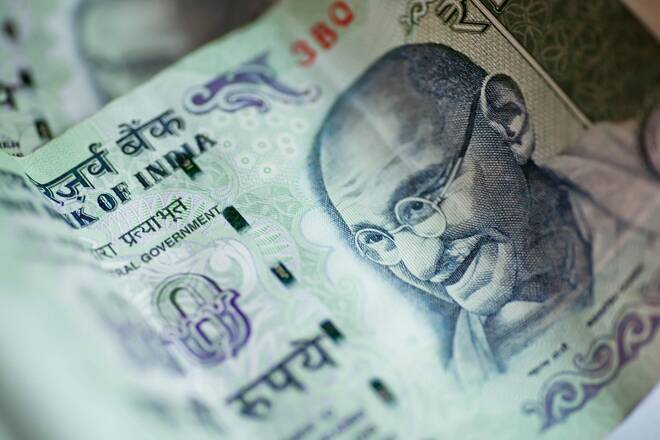Advertisement
Advertisement
India and U.S. to Sign Trade Deal – is a Free-Trade Agreement Next?
By:
U.S. President Donald Trump has been busy on the international trade front in the New Year. Earlier this month, Trump signed the "Phase One" trade deal
U.S. President Donald Trump has been busy on the international trade front in the New Year. Earlier this month, Trump signed the “Phase One” trade deal with China, a limited agreement that marks a significant breakthrough in the U.S.-China trade war. This achievement was quickly followed by the U.S. Senate ratifying the U.S-Canada-Mexico (USMCA) trade accord, which replaces the NAFTA agreement and covers the largest free-trade bloc in the world. Trump has plans for free trade deals with the UK and the EU, and India could be in line as well. Trump will visit India next month and will sign a trade deal worth more than $10 billion. These figures pale in comparison with the deals reached with China and the United States’ North American neighbors, but India is the second-largest emerging economy in the world (after China) and is the fifth-largest economy in the world. With a population of 1.3 billion, the potential market for U.S. exports is huge. This trade deal is expected to lead to a free trade agreement between the U.S. and India.
Similar to the situation with China, the U.S. and India have been in a trade spat since 2018. At that time, the Trump administration imposed stiff tariffs on Indian steel (25%) and aluminum (10%). India countered with its tariffs on a wide range of U.S. products. The U.S. took the dispute to the World Trade Organization, which ruled in October that India had breached global trade rules.
The U.S. and India have now decided to move in a positive direction, and the trade deal is a significant step forward in forging a new trade relationship. The prize for both sides, of course, would be a full-fledged free-trade agreement. For India, it would be of a source of economic growth and pride. For the U.S., it would mark the removal of barriers to a rapidly growing economy with over one billion potential customers, which represents an enticing market for American exporters.
About the Author
Kenny Fisherauthor
Kenny is an experienced market analyst, with a focus on fundamental analysis. Kenny has over 15 years of experience across a broad range of markets and assets –forex, indices and commodities.
Advertisement
